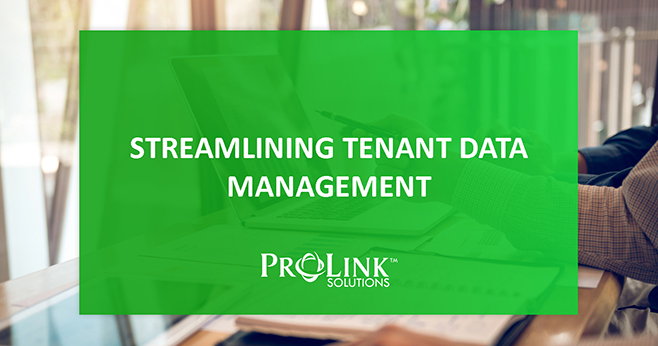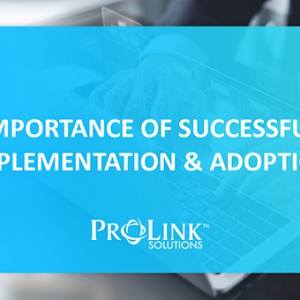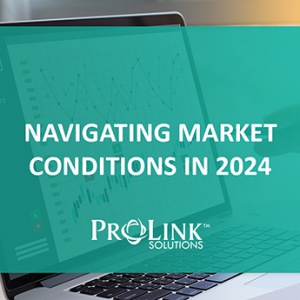Streamlining Tenant Data Management
Within the affordable housing landscape, one crucial aspect that is often overlooked is the seamless management of tenant data. When anticipating compliance season, it becomes paramount for housing providers to streamline their processes, ensuring efficiency and accuracy every step of the way. As an affordable housing software vendor with over two decades of industry expertise, we understand the challenges faced by housing authorities and property managers. In this post, we will explore the importance of managing tenant data ahead of time as well as offer insights on how to make the process smoother.
The Compliance Conundrum
Compliance season can be a daunting time for housing providers, marked by extensive audits and regulatory scrutiny. Ensuring compliance with various federal, state, and local regulations requires meticulous record-keeping and data management. Failure to comply can result in noncompliance fees, reputational damage, and even loss of funding, making it imperative for property managers to have their data in order.
The Importance of Proactive Data Management
Managing tenant data ahead of time not only eases the burden during compliance season but also enhances overall operational efficiency. By maintaining accurate and up-to-date tenant records throughout the year, housing providers can identify potential issues early on and take proactive measures to address them. From income verification to lease agreements, having a comprehensive database allows for timely interventions and better decision-making.
Building a Seamless System
A seamless data management system is essential for housing providers to navigate the complexities of regulatory compliance effectively. From capturing tenant information to submitting reports to regulators, every stage of the process must be integrated into a cohesive system. This not only reduces the risk of errors but also saves time and resources that can be allocated to other critical tasks.
Best Practices for Tenant Data Management
- Centralized Database: Maintain a centralized database to store all tenant-related information, ensuring easy access and retrieval when needed.
- Regular Updates: Regularly update tenant records to reflect any changes in income, household composition, or lease agreements. This ensures data accuracy and compliance with eligibility criteria.
- Automated Workflows: Implement automated workflows to streamline data collection, verification, and reporting processes. This reduces manual errors and accelerates response times.
- Secure Data Storage: Prioritize data security to safeguard sensitive tenant information against unauthorized access or breaches. Utilize encryption, access controls, and regular audits to ensure compliance with data protection regulations.
- Training and Education: Provide training to staff members on proper data management practices and compliance requirements. Empowering employees with the necessary skills and knowledge enhances overall efficiency and reduces the likelihood of compliance errors.
Conclusion
Proactive tenant data management is not just a best practice—it’s a necessity. By adopting a systematic approach to data collection, verification, and reporting, housing providers can navigate compliance season with confidence while improving overall operational efficiency. As industry experts in affordable housing software solutions, we are committed to supporting housing authorities and property managers in their quest for excellence. Let’s work towards building a future where affordable housing is not just a goal but a reality for all.






Leave a Reply
Want to join the discussion?Feel free to contribute!